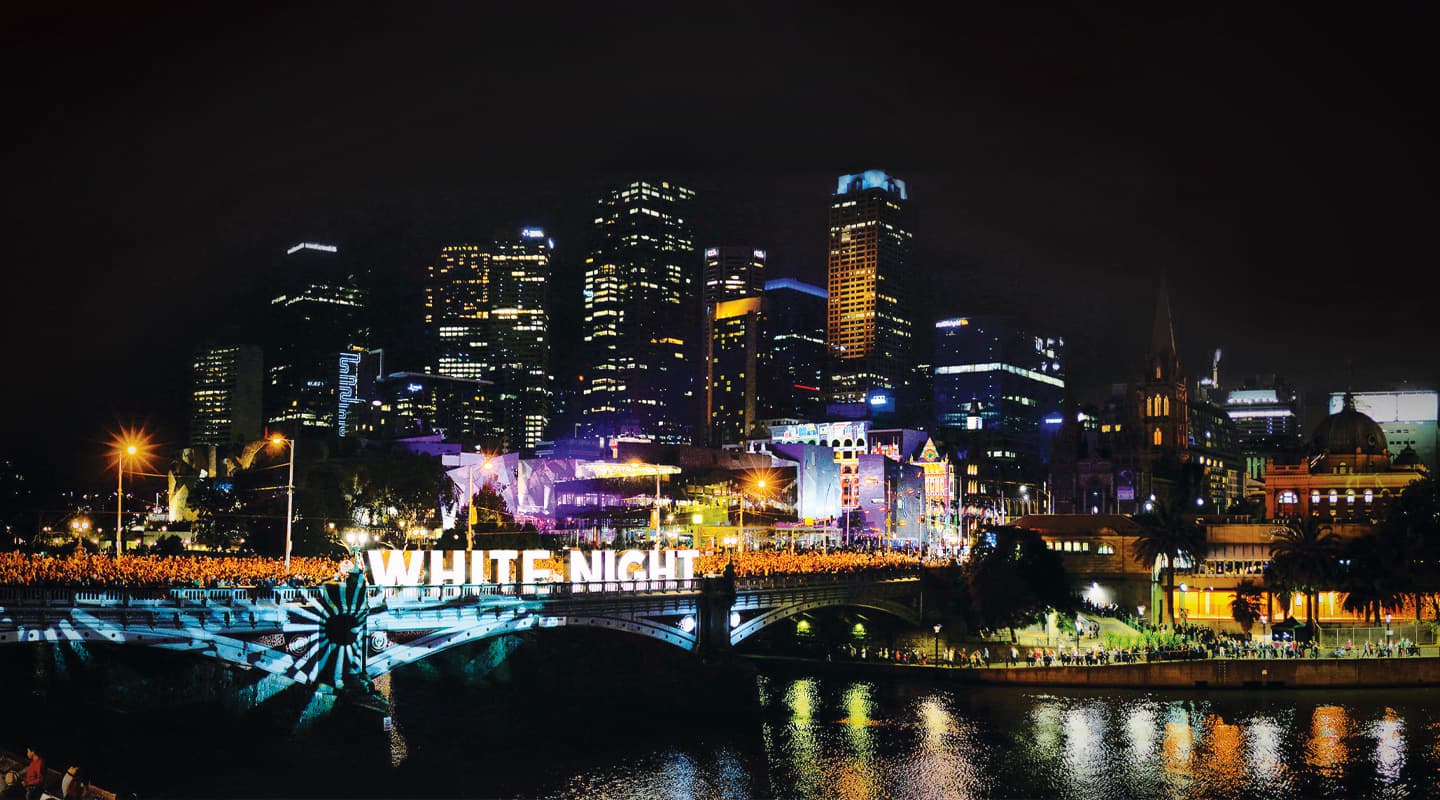
Herding Cats While Juggling Chainsaws
White Night 2014: The logistical challenge of Melbourne’s staging of the international festival of light and sound.
Text:/ Marcus Pugh
It was late on Saturday night 22nd of February when I headed into the city to soak up what has become the must-see event on Melbourne’s cultural calendar: White Night. While I’d had a preview of what was on offer from my day job with Resolution X, which supplied much of the ‘boutique’ lighting, what I wasn’t prepared for was the behind the scenes teamwork between many of the Melbourne production companies involved in the event.
For anyone who isn’t aware of White Night, I refer you back to AV Issue 31. In 2013, over 300,000 visitors flocked to the CBD to see the live performances, bands and more than 100 installations.
This year the White Night team, headed by artistic director Andrew Walsh, raised the stakes, presenting over three times the number of attractions. The overall footprint of the event quadrupled, and the crowd increased to over 500,000 people. More attractions meant more artists, more crew, more lights, more projectors, more power, more rigging – in fact, it meant more of just about everything. And, naturally, having more of everything increased the need for more management to ensure seamless coordination on the night.
A LONG DAYS JOURNEY INTO NIGHT
White Night is not the type of event that is thrown together a couple of days prior; it takes months of planning and preparation. For much of the lead up the production team was relatively small, but grew exponentially as the 22nd of February loomed closer.
As White Night technical manager Rohan Thornton brought to the job years of experience managing large live broadcast events like the Logies and Grand Final Footy Shows. However, he contends it was his experience as a volunteer firefighter with the Country Fire Authority (CFA) that best prepared him for this challenging role.
Having managed fire crews through many bush fire seasons, including the infamous 2009 Black Saturday disaster, Thornton has often applied to the entertainment world the practical knowledge he’s acquired in dealing with fire emergencies. In fact, for White Night 2014, he employed a management technique straight out of the Emergency Services Handbook.
The Incident Control System, or ICS, is a process used to manage incidents ranging from the small, such as a fire in a rubbish bin, all the way up to full-scale conflagrations. The technique relies on effective communication methods and the assignment of the right number of people to individual elements of an incident – or in this case, a festival. Remaining flexible as the conditions change is key.
This approach enabled the 2014 management team to not only take in its stride the event’s increase in size and scope, but also to actually improve on a number of the 2013 festival’s conditions.
A staid old city in the throes of having one big night of audiovisual fun. Photographer: Scarecrow (Tim Seav)
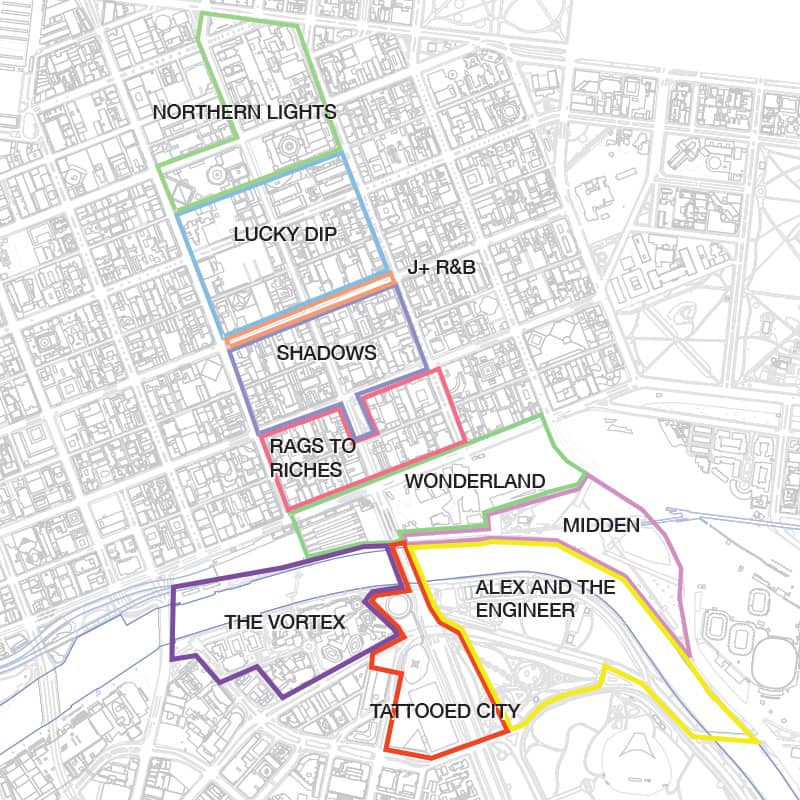
BURSTING AT THE SEAMS
This year, the event took place over a much greater area to allow the crowds more space to move. Rather than being restricted to the south-eastern corner of the city (the area around Flinders Street Railway Station, Federation Square and over the Yarra River to Southbank) as it was in its first year, White Night 2014 spread its creative reach from the Swan Street bridge in Richmond, up the length of Swanston Street, and all the way to Victoria Street in Carlton [see the map opposite].
Another organisational improvement was the introduction of a central technical hub. With access to the allocated event sites restricted to the two nights prior to the event, getting equipment to the individual sites was difficult. Thornton established the hub for equipment deliveries, creating a single distribution point for each of the 11 regions. The hub, known as the Boneyard, was located near Birrarung Marr, south east of Federation Square. This location was ideal as it was close to the majority of the regions, while remaining accessible to large vehicles – even when roads were closed for the event.
With the event occupying so many different spaces that didn’t always fit the preconceived notions of a venue, the team negotiated access, availability of power and rigging with each individual venue. Thornton likened this scenario to “playing in many different backyards and having to play by each of their different rules” – a prospect that induces headaches in even the most seasoned project manager.
POWER STRUGGLE
One such example of the coordination involved the multi-jurisdictional running of a three-phase cable to power the moving lights that lit the Princess Bridge. The closest available power was only 10 metres away in Federation Square, which is managed by Fed Square Pty Ltd. However the cable also had to be run across the pathway along the Yarra River, which is controlled by the City of Melbourne, and finally to the banks of the Yarra – an area managed by Parks Victoria. All three of these management groups have different rules and regulations as to how power cables need to be run. And this was just one 10m cable out of hundreds of kilometres of cable and cable trays required for the event!
Unlike many gigs where the crew have the run of a venue for days or even weeks before the event, the White Night team didn’t have this luxury, with road closures needing to be kept to a minimum. The bump-in had to be carefully scheduled to minimise disruptions to the functions of the city. This is where the ICS management system really kicked into effect.
The bump in started in earnest on the Monday night, with scaffolding towers being constructed to mount The Electric Canvas’ 14 x PIGI DDRA 6kW xenon large-format projectors along Flinders Street. Each night thereafter saw increasing amounts of activity around the city. It was amazing to see so many technical production companies working shoulder-to-shoulder and sharing resources, all pushing towards the same goal.
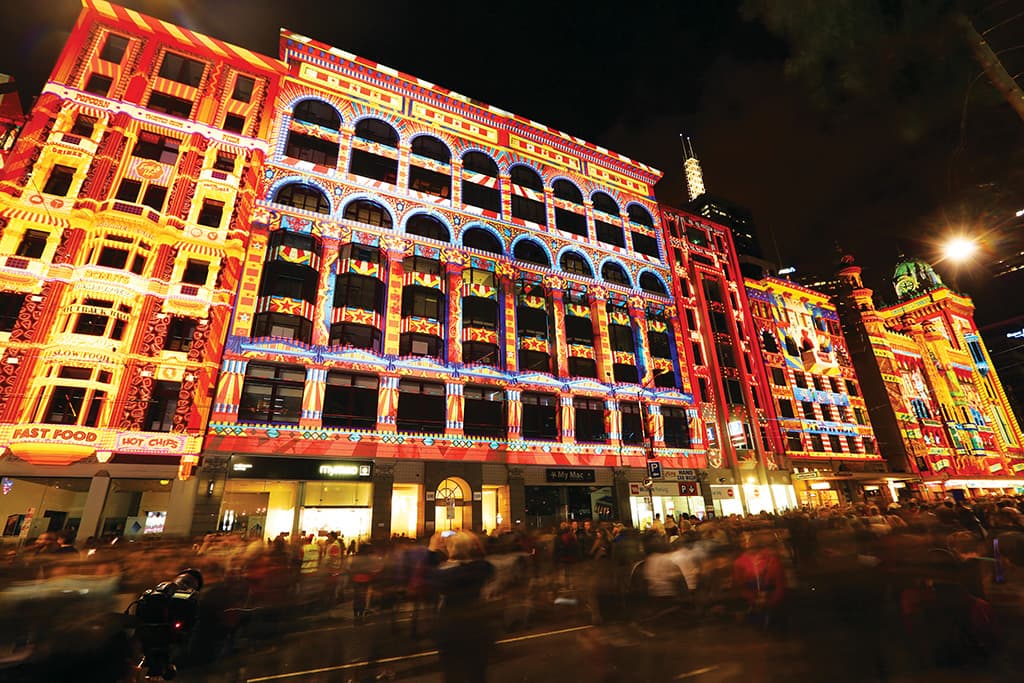
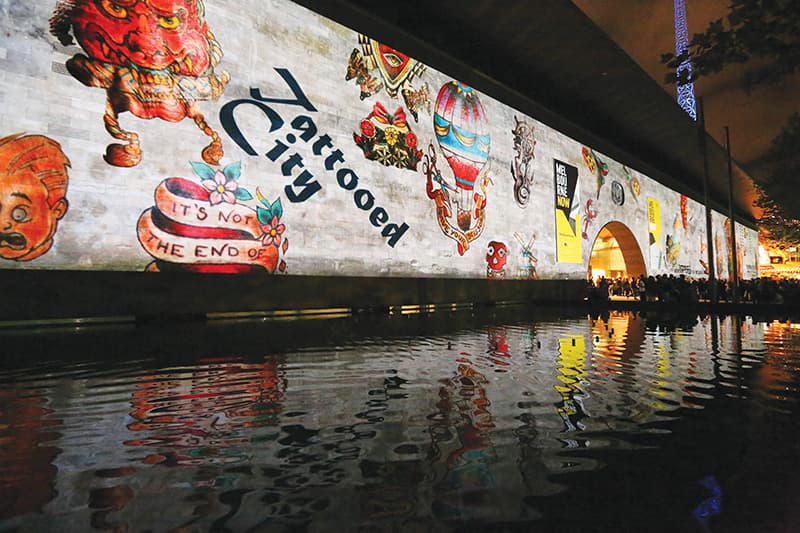
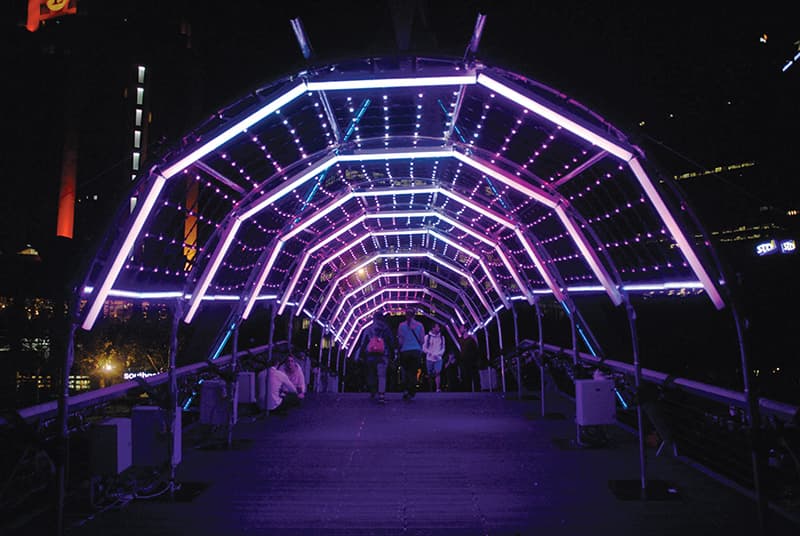
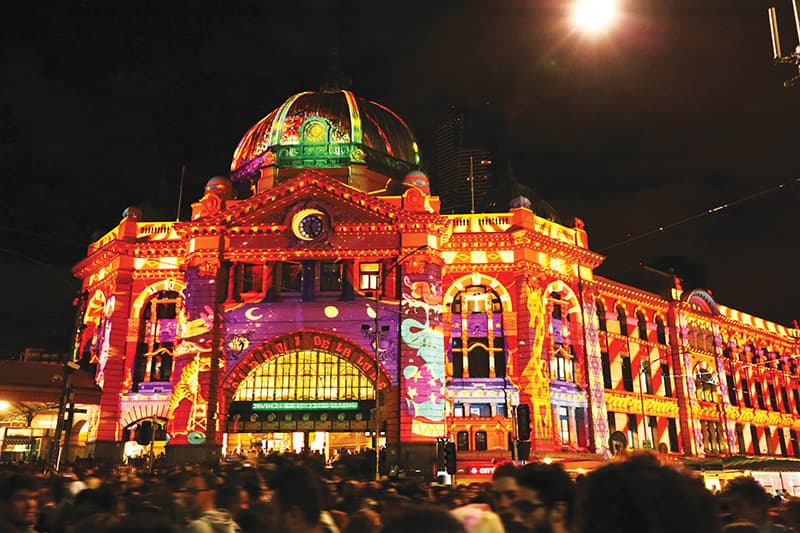
DIVIDE & CONQUER
The event was broken up into two main regions that were each managed by two technical coordinators: North, which took in everything north of Flinders Street all the way up to Victoria Street, and South, encompassing Flinders Street, Federation Square and stretching down to the Swan Street bridge and over to Queensbridge Street. Within these regions there were eleven precincts:
Northern Lights was one of the most popular precincts. Large fire hoses created rain that was lit with Purple LEDs creating Purple Rain. Molecular Kaleidoscope, Virus One Billion Times, transformed the dome of the La Trobe Reading Room at the State Library into a technicoloured microscope, projecting images of viruses magnified a billion times. This event showcased the work of BAFTA and Emmy Award-winning artist Drew Berry and composer Franc Tétaz using 12 x Barco 26k projectors supplied by Technical Direction Company (TDC).
Lucky Dip was located at the Queen Victoria Women’s Centre in Lonsdale Street. This venue hosted ‘random’ theatrical encounters with some of Melbourne’s most adventurous performers.
J+ R&B located in the Bourke Street Mall offered an all-night feast of live jazz, R&B, swing, boogie, ska and soul.
Shadows precinct was positioned between Bourke and Collins Streets and contained some of Tim Winton’s The Turning, a unique cinema event created by Melbourne-based director–producer Robert Connolly. The project’s premise was 18 directors each interpreting a chapter of Tim Winton’s novel The Turning. Each interpretation was staged in a different location and guided by core themes. A few sites were even kept a secret from the audience, allowing them to discover a truly unique film experience.
Rags to Riches, which took up two blocks of Flinders Lane, saw local lighting designer Phil Lethlean let loose again this year, with some laneway installation pieces that delighted audiences through the night.
Wonderland was again the main showpiece of White Night, The Electric Canvas’s mapped projection transforming the buildings along Flinders Street. Included in this precinct was the Cabinet of Curiosities in the Forum Theatre.
The Vortex took in sections of Southgate. The pedestrian bridge was transformed into to sci-fi inspired light tunnel, containing thousands of pixel-mapped LEDs. The Vortex was a crowd favourite on the night and for many a punter, warranted second and third visits as the tunnel pulsed and changed colours.
Midden, located in Birrarung Marr, paid homage to the traditional owners of the land and featured a 360° projection onto 350 tonnes of recycled concrete. This installation blurred the line between the virtual and physical environment.
Alex and the Engineer occupied the Alexandra Gardens and was this writer’s personal favourite precinct of the night. It featured Paul Collison and Russell Goldsmith’s Crepuscular Beam with 26 x 7kW xenon searchlights (which you can read more about in AV Issue 38). This precinct also contained the surprise hit of the festival, Monuments, by acclaimed projection artist Craig Walsh using a half a dozen Barco 22K projectors from by TDC. Striking because of its simplicity, the slow projection of faces across the trees over the Yarra created a memorable illusion. “A lot of my works do deal with portraiture because it’s sort of creating artwork that looks back at the viewer,” Walsh told The Age newspaper.
The Alexandra Gardens also hosted marathon sets by local experimental instrumental act Television Sky, who create ‘sculptured soundtracks for movies that are yet to be made’.
Tattooed City precinct covered the National Gallery of Victoria International and the Arts Centre. Artistic Director Andrew Wash AM conceived the idea of projecting larger-than-life tattooed Melburnians – those who carry art with them everywhere they go – across the entire façade of the NGV International. The building’s clean, stark wall provided the ideal projection surface for 10 x Christie S+20k digital projectors from The Electric Canvas, the content transforming the usually-plain grey wall into a vibrant living-canvas.
Outer Limits was the precinct designation for all the attractions taking place outside the main designated precincts, such as those by the Melbourne Museum in Carlton and Sofitel on Collins, who all got in on the White Night action.
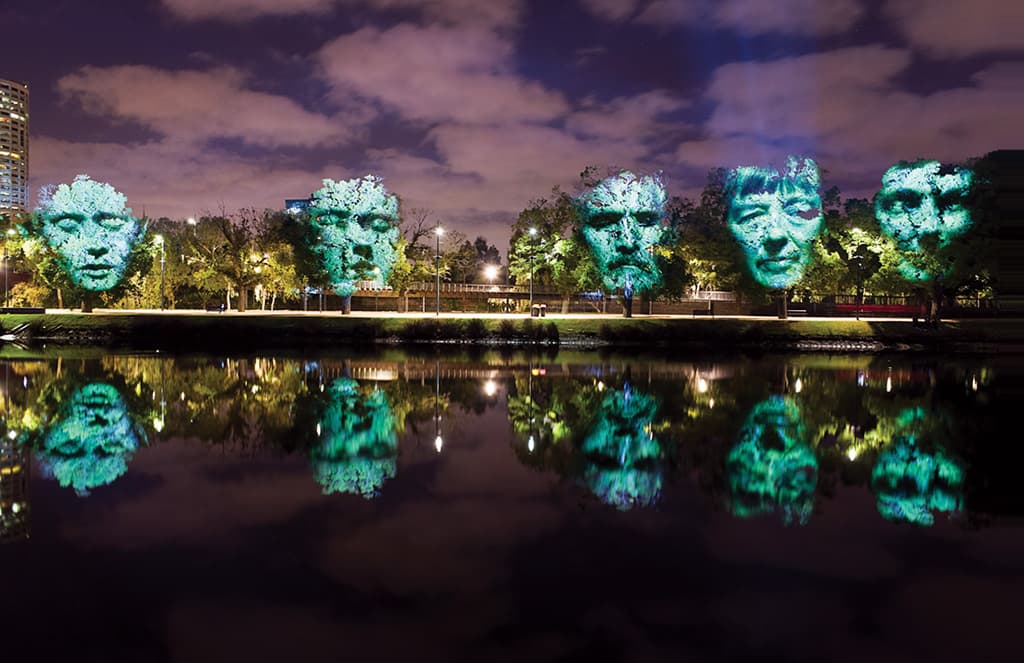
FOLDING THE TENTS
As is the way with all events, after the spectacle ends it’s time to clean up and leave the venues in the state in which they were found. White Night officially wrapped up at 6am on Sunday morning and this marked the beginning of a mammoth bump out. A number of the churches that had provided their beautiful façades for projection and hosted live performances had to be cleared in time for 9am services. The crew moved quickly and strategically – by Sunday afternoon most of the CBD was restored to its pre-White Night state.
It is easy in our game to get caught up in the individual elements that make up an event and forget why it is we do what we do. When I took off my lanyard and hi-vis to walk the streets with other punters on the hunt for art and innovation, it filled me with a profound sense of community, and made me proud of the city in which I choose to live.
When I put the lanyard back on and crossed to the other side of the safety tape to talk to crew from all over town, I felt that same sense of community. And it made me even prouder to work in a city where the best AV professionals had combined forces to bring a bigger – and brighter – White Night festival to town in 2014.
DRAMATIS PERSONAE
Artistic Director: Andrew Walsh AM
Operations Director: Bryn Skilbeck
Technical Manager: Rohan Thornton


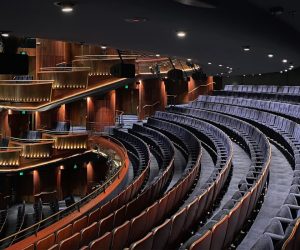

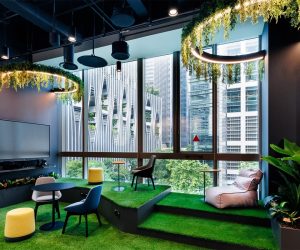
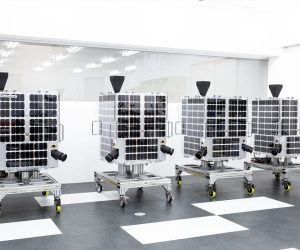
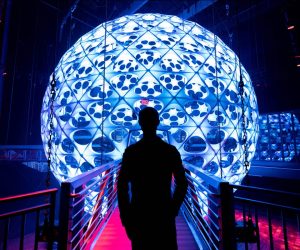

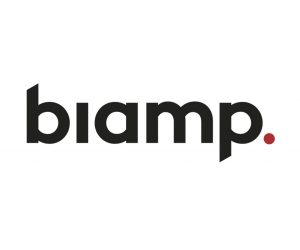





RESPONSES